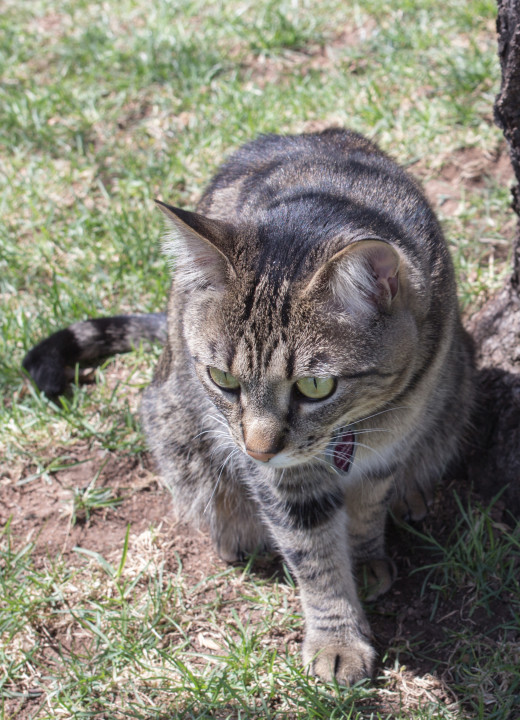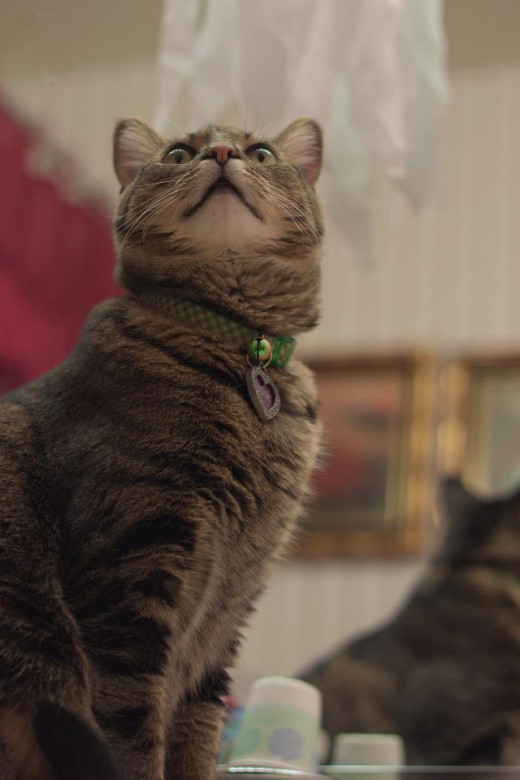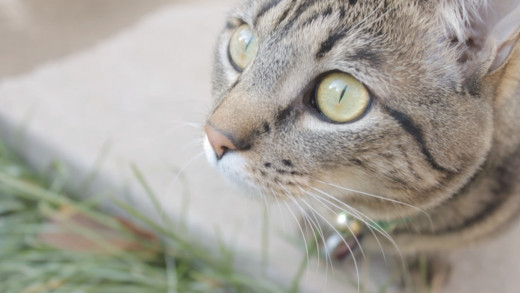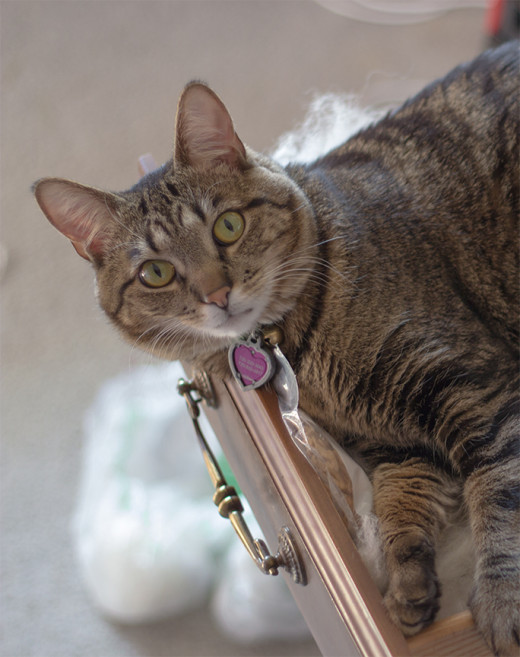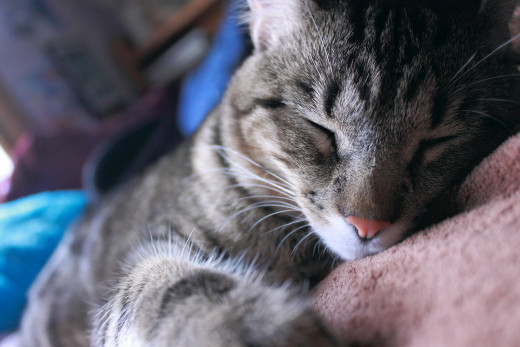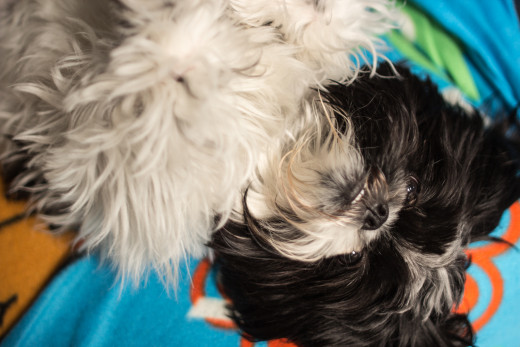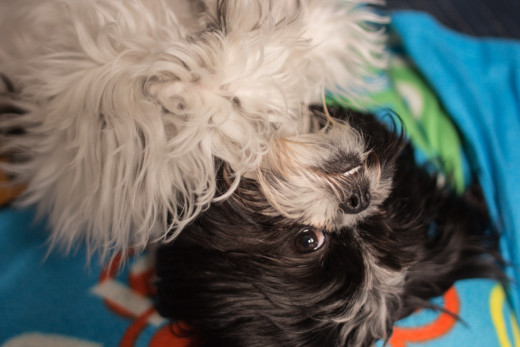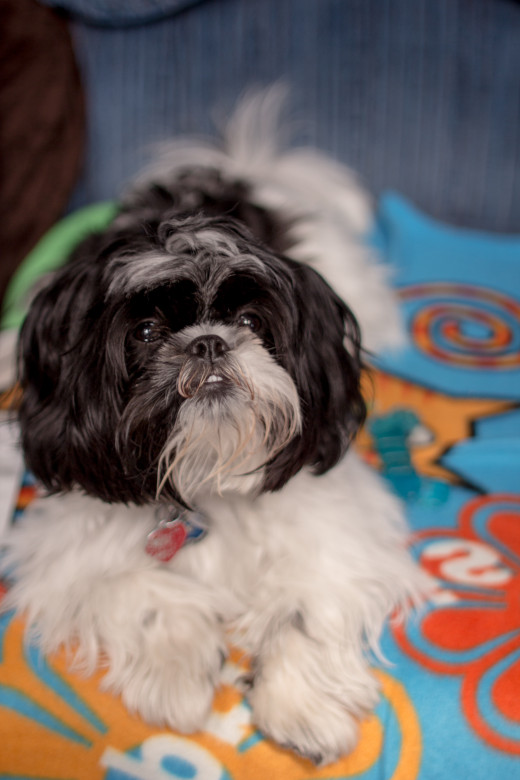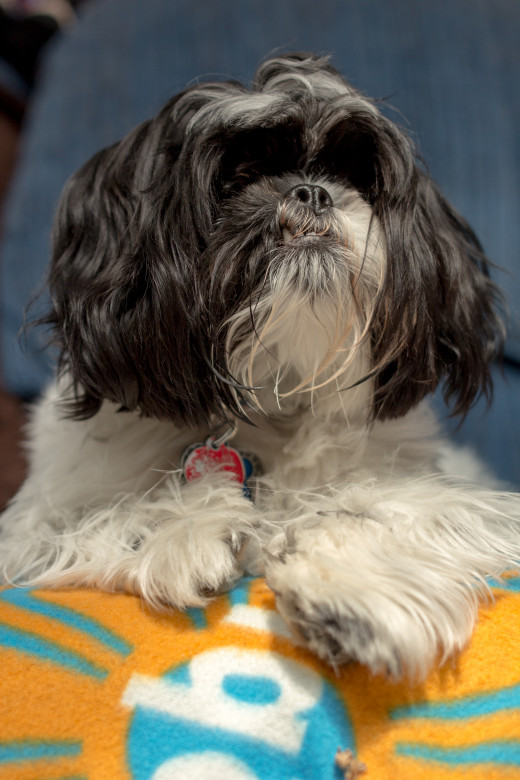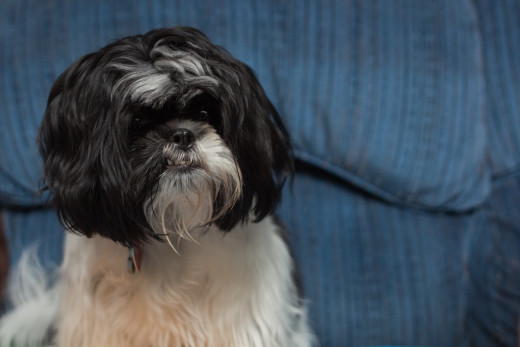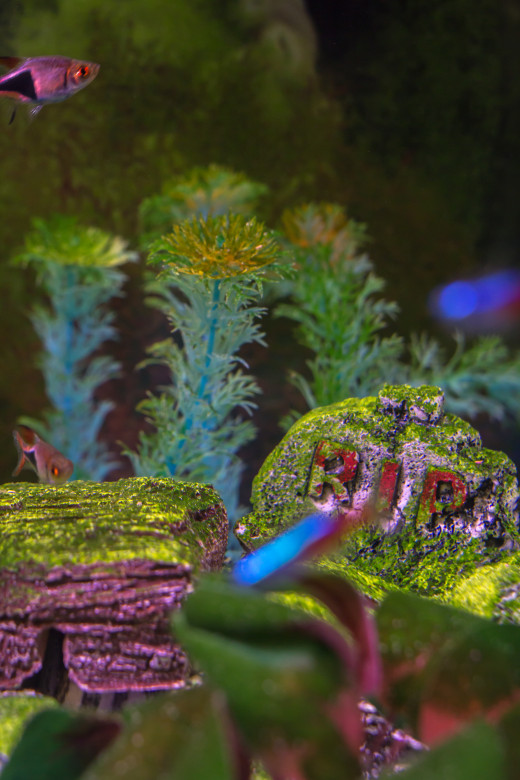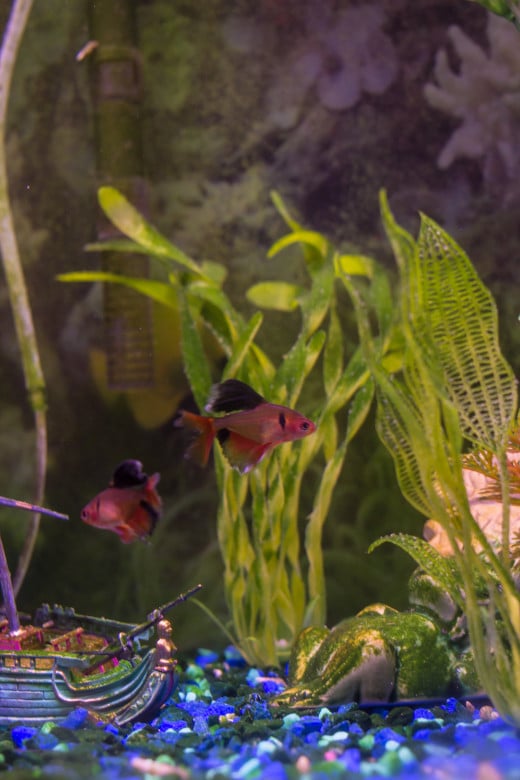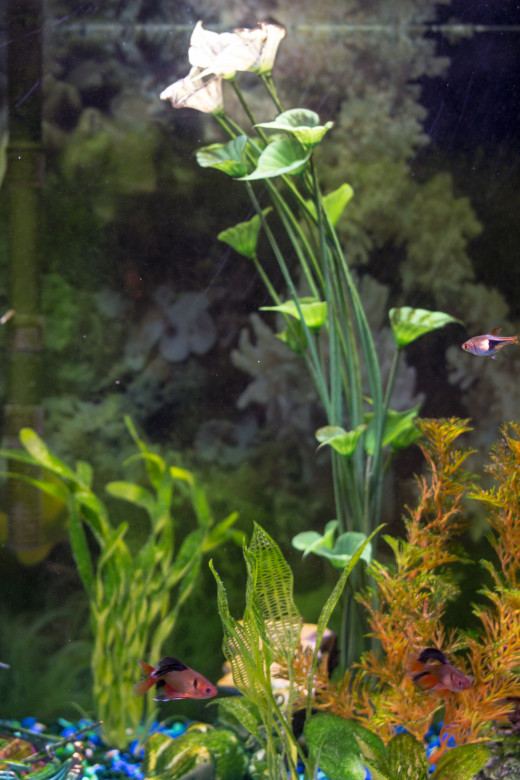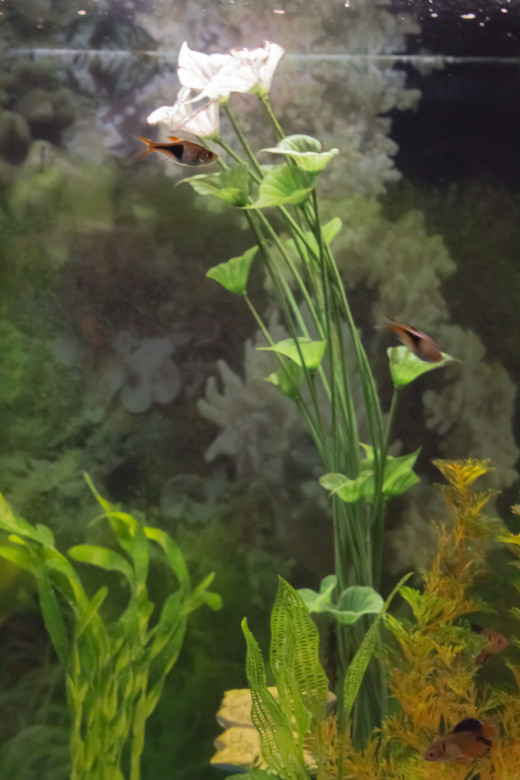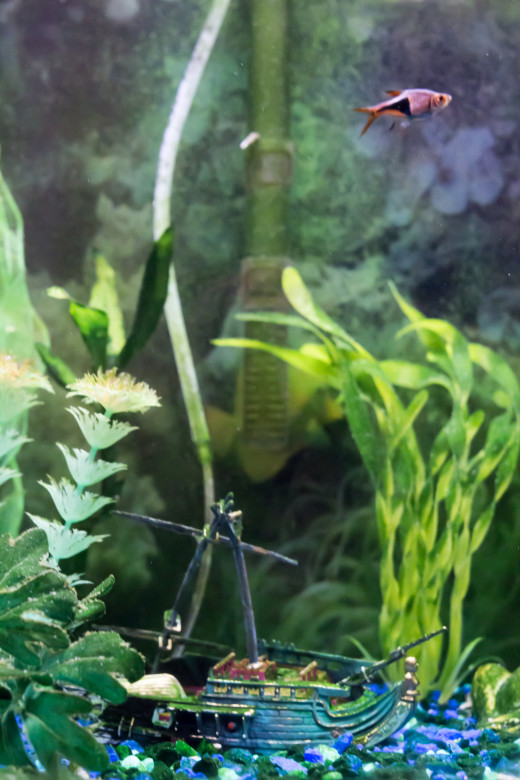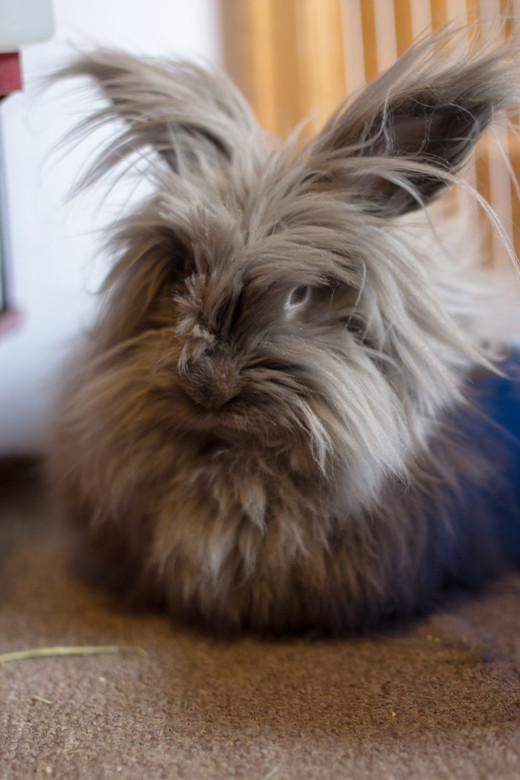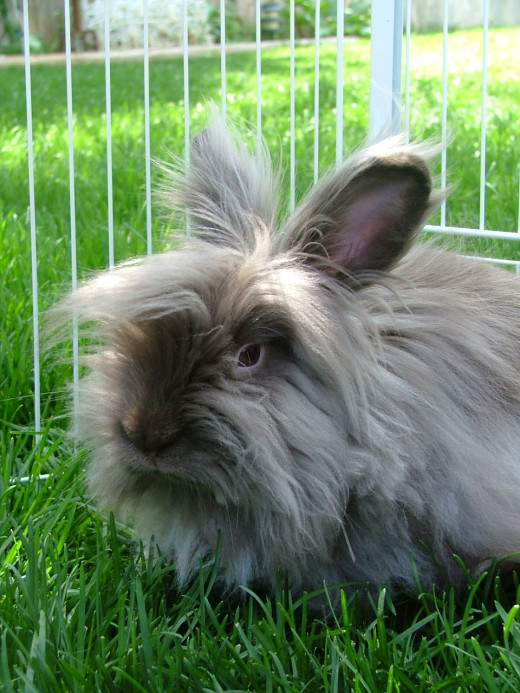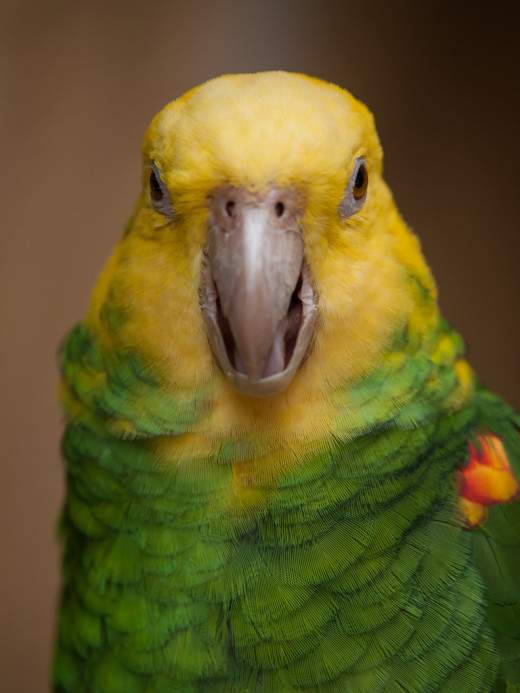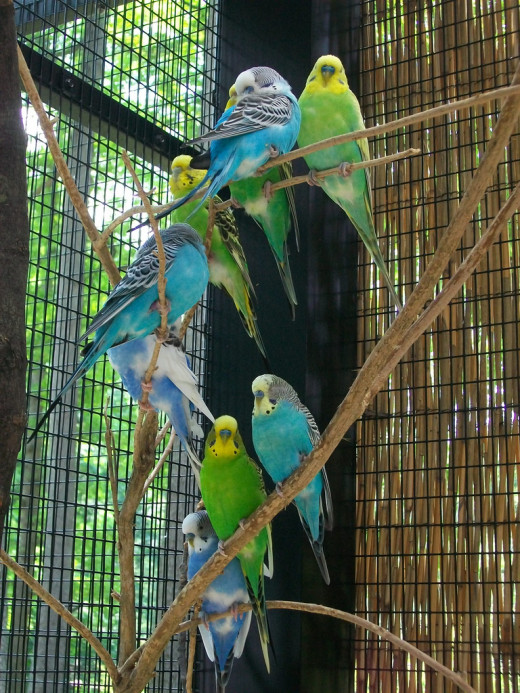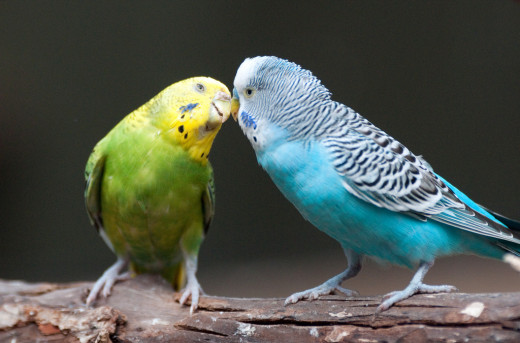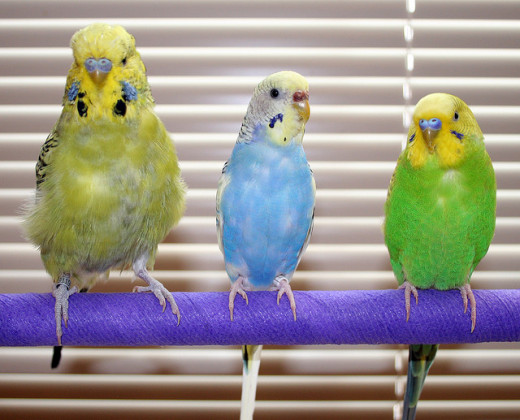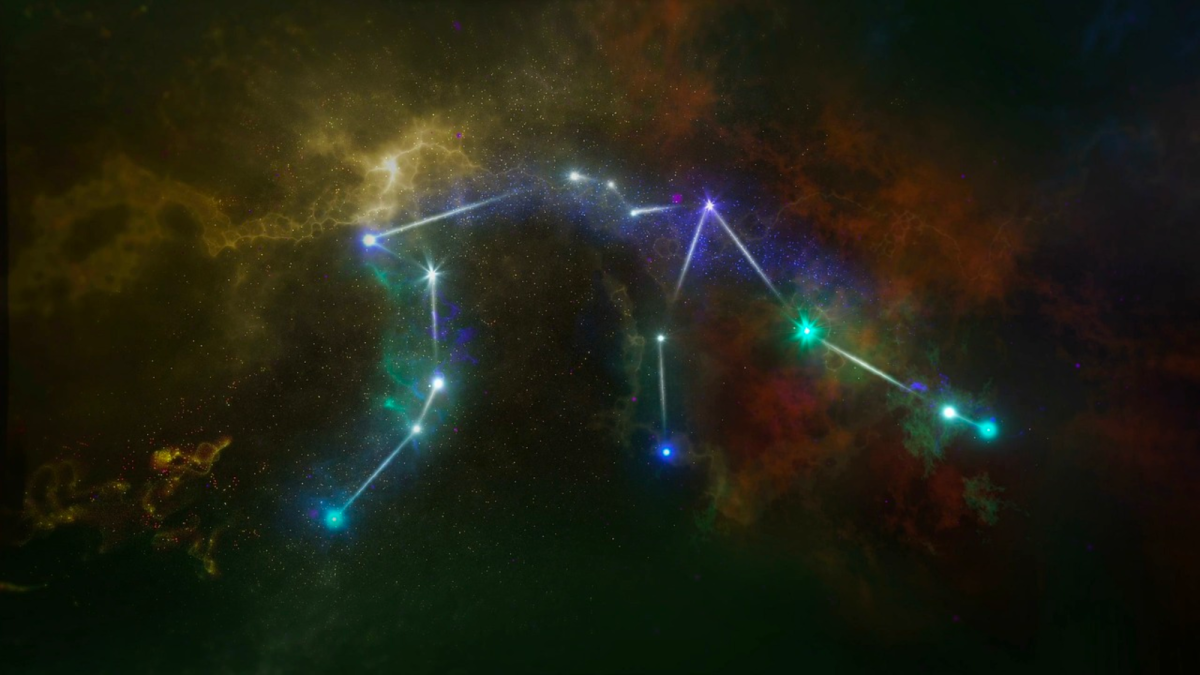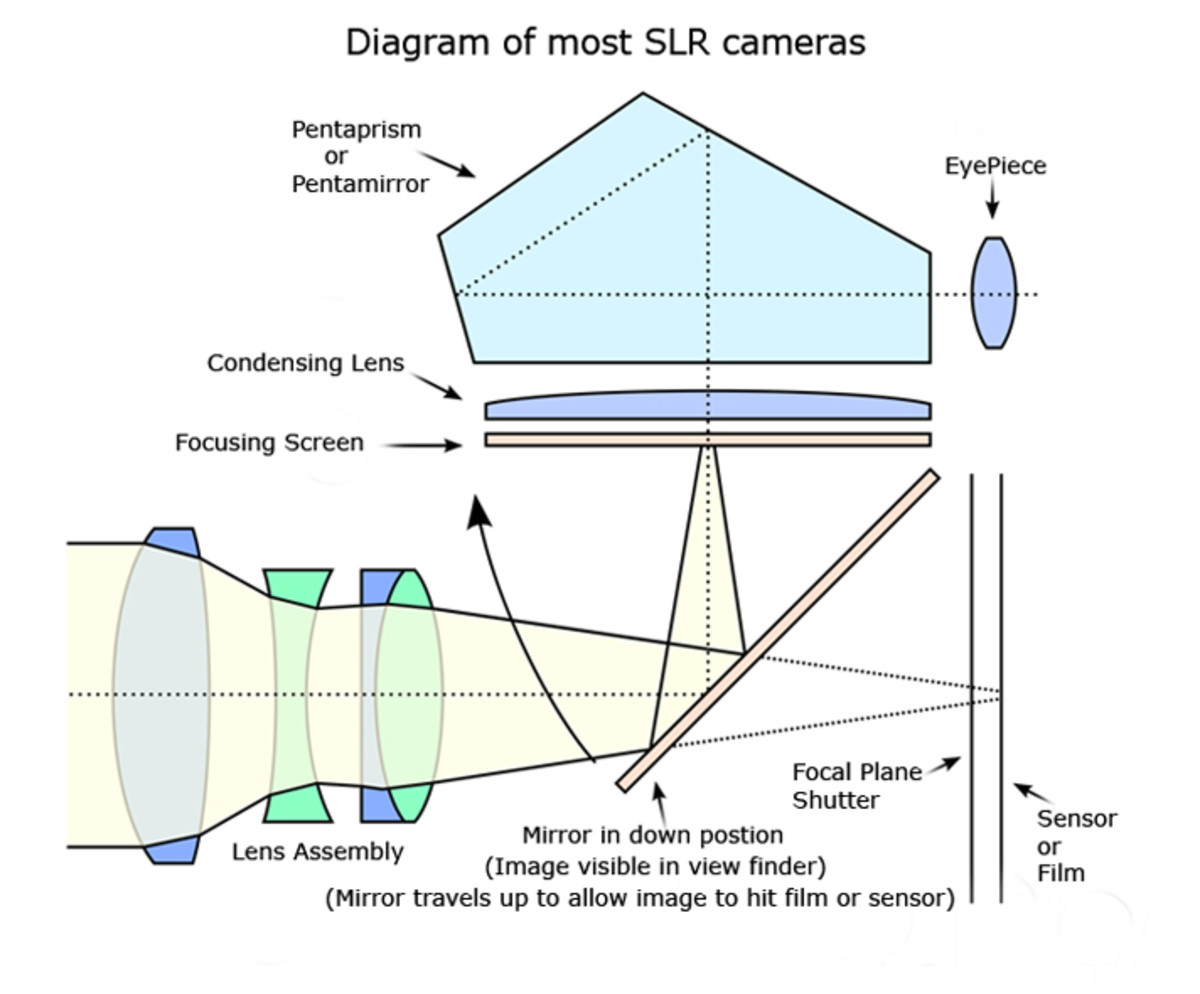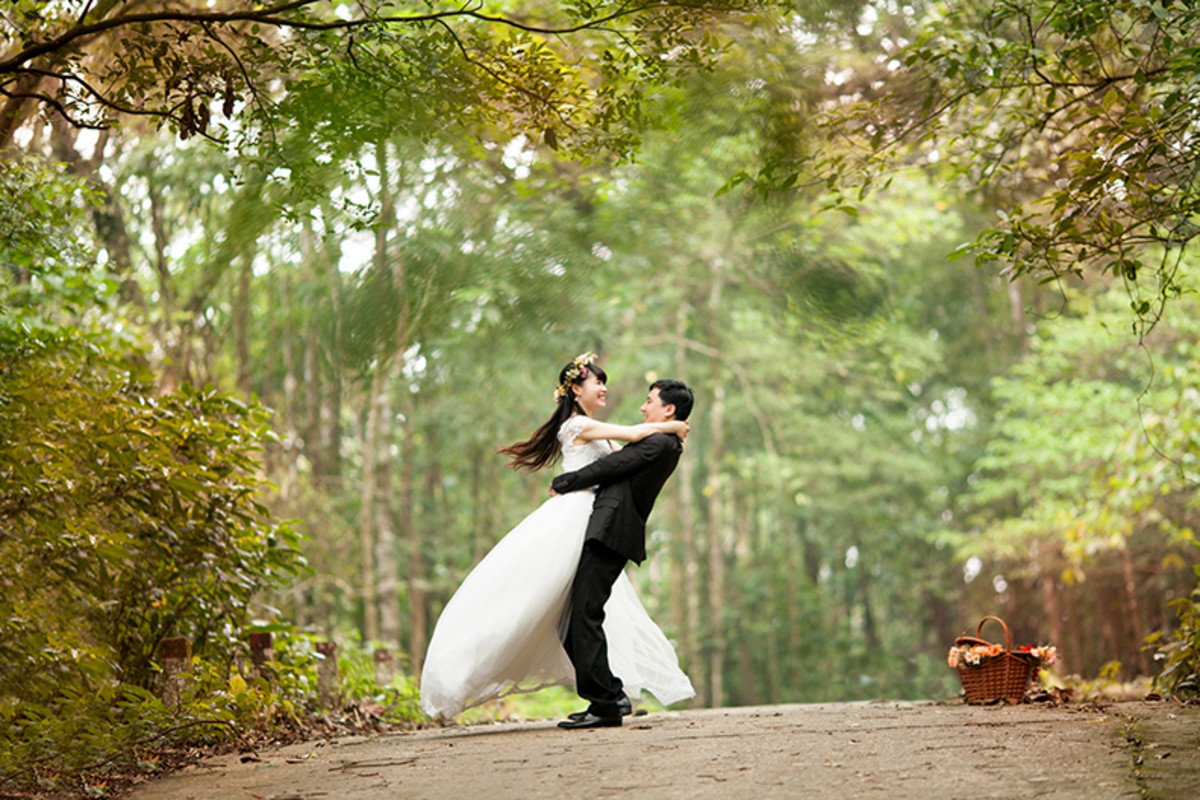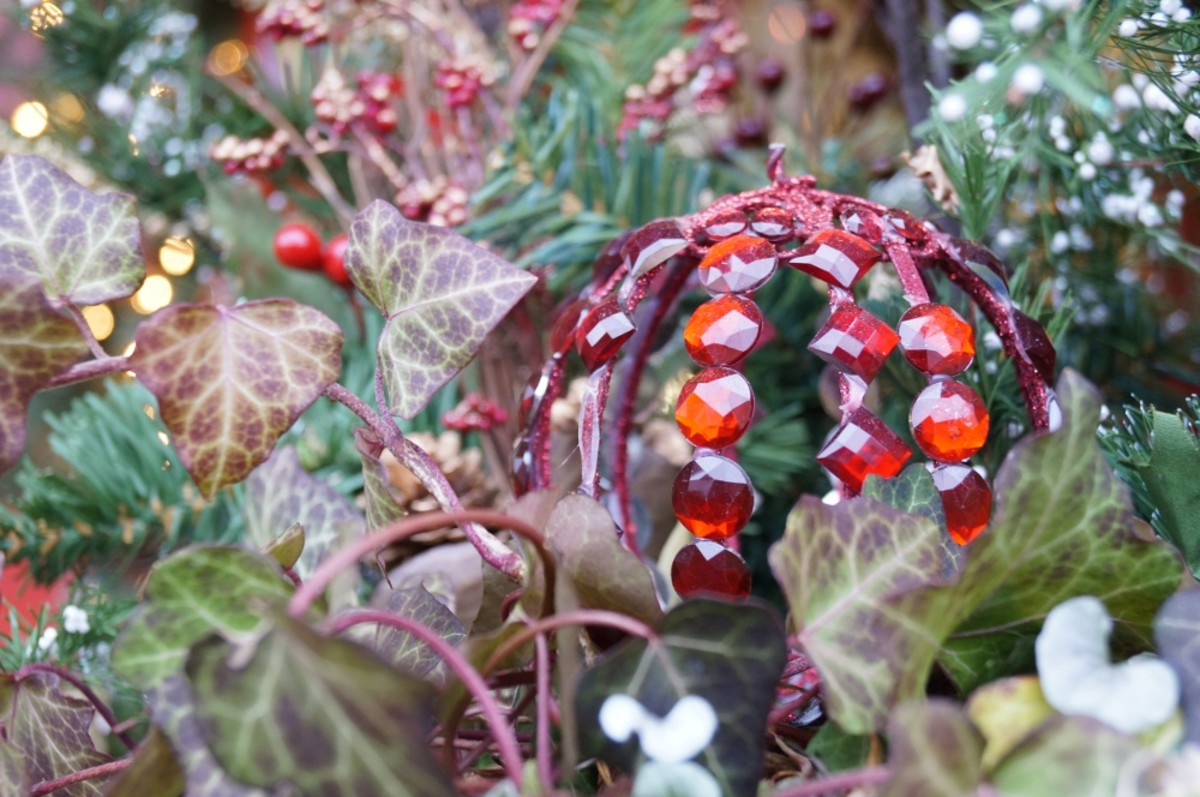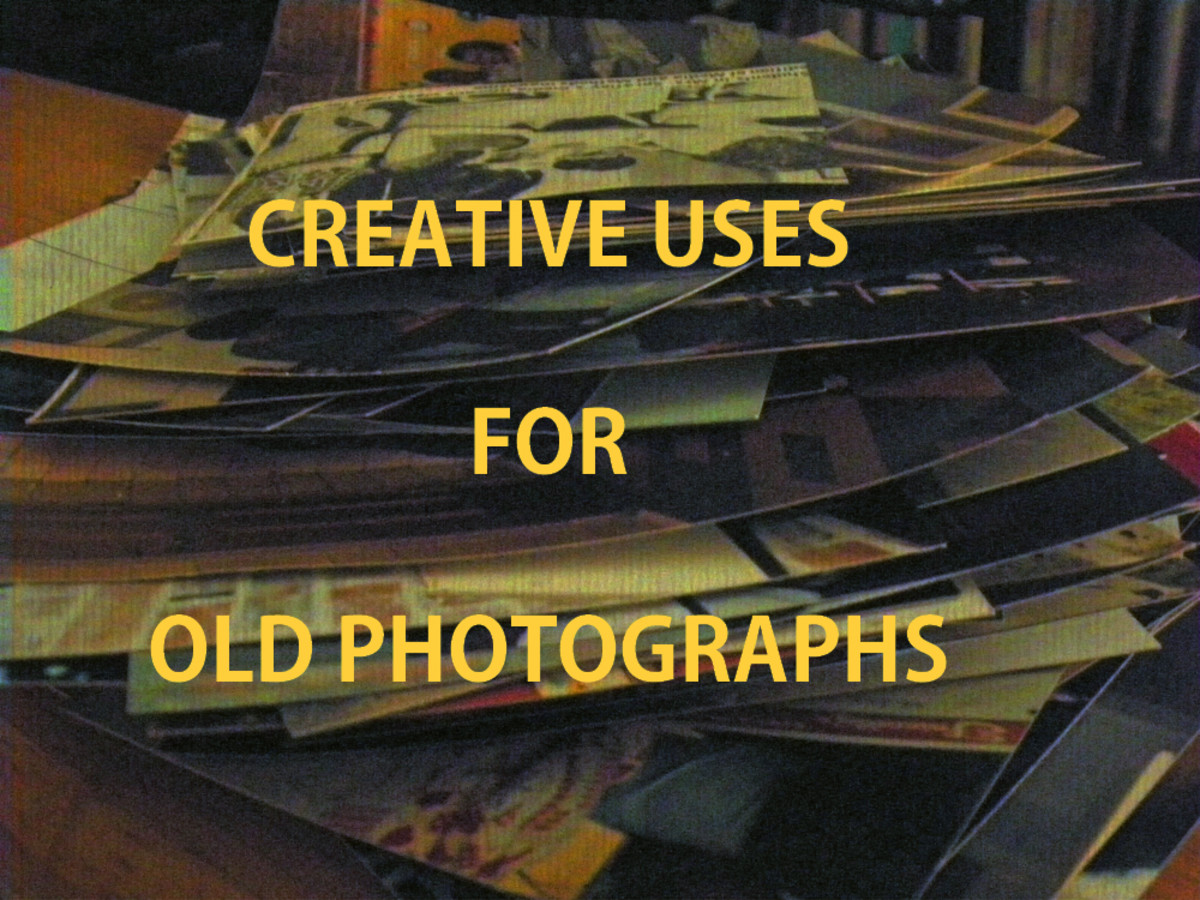How to Photograph Pets
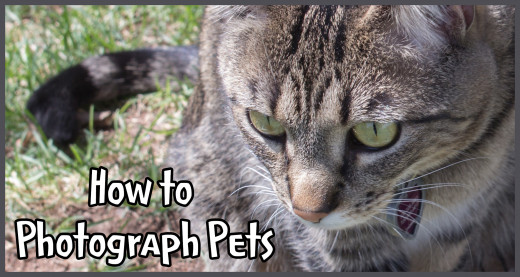
Photographing your pets can be a frustrating and exhilarating process. Your experience depends a lot on how much you know about your animals and having your pets' trust is a huge factor in being able to capture those purrrrfect moments.
The most important thing to remember and the biggest tip for photographing your pet is patience and persistence. Don't ever forget that these are animals. They're unpredictable and while you may have some sort of idea of the mannerisms (and knowing how your pets think and act is a vital skill in being able to photograph them well), they will always find a way to get under your skin when you're trying to get a shot.
Certain animals are easier in some ways than others, but each kind of animal poses their own unique challenge.
Before going any further though, you'll have to decide if you have the camera you need to get what you want our of your photographs or if you need to look for a new camera.
What kind of camera do you use?
Choosing a Camera
What kind of camera you're going to need depends largely on what you want to do. If you're looking to do professional level photos with blurry backgrounds and selective focus, you will need a camera that is capable of what you're wanting.
A very handy feature its the ability to use Photoshop or Lightroom to "fix" the little lighting adjustments that would otherwise ruing a perfect shot. Higher end cameras like DSLRs give you the option to shoot in RAW format, which allows you to change the shadow, highlights, brightness, sharpness and multiple other features that really allow you to perfect your photo.
Higher End Cameras (DSLRs)
There are entry level DSLR cameras that are good for photography and with new cameras being released, the older one are reasonably prices. One of the ones that I've had a good experience with is the Canon T1i. It's an older version (the T5i has already been announced), but the quality you can get from the camera is actually very nice. Having owned it and upgraded to a T3i, I can tell you that the T1i has some overheating problems, but for a first DSLR camera, it's perfect. You can probably find one around $300, possibly even as low as $200 used on Ebay.
If you're looking for a good, budget priced lens to match with your camera (one that is able to do a blurry background), the Canon EF 50mm 1.8 II is amazing. A lot of my shots were taken with it actually.
However, if you want to just get used to using a DSLR, it's a good idea to wait to buy an extra lens and get used to using the manual controls such as aperture, iso settings and shutter speeds.
Lower End Cameras (Point and Shoot)
If you're looking to just take some photos with whatever camera you're using, go for it! The tips below will give you some advice on how to set up the shot and how to get good poses. There's no need to spend a lot of money if you're not into getting more professional quality or care about a shallow depth of field (blurry backgrounds) for your photos. It's not a bad idea to master how to take picture of your animal before investing a lot of money into something you may not have the patience of passion for.
I've put together a quick chart of what you might want in your pet photographs to help decide if you need a DSLR or if you can use a simple point and shoot camera.
Things to Remember about Cats
- They're curious. So it's better to let them get out their prying beforehand, and if your pet is comfortable around you, you'll be able to capture their curiosity.
- They're stubborn. If you try to force your cat to do something, chances are it's not going to happen. Instead of forcing them to do what you want, allow them to explore and relax and they'll naturally pose for you.
What Kind of Camera Do You Need?
DSLR
| Point and Shoot
| |
|---|---|---|
I want blurry backgrounds and selective focus.
| Yes
| No
|
I want to be able to zoom and capture photos from across the room.
| Yes, with certain lenses
| Yes
|
I want profesional quality photographs.
| Yes
| No
|
I'm on a budget.
| Maybe, to a certain degree
| Yes
|
I want to capture memories of my pets.
| Yes
| Yes
|
I want to have the option to manually adjust settings.
| Yes
| Maybe, to a certain degree
|
I want the option to take videos.
| Maybe, most models do
| Maybe, most models do
|
I need to shoot into a glass enclosure.
| Yes, with a lens filter
| No
|
Ability to shoot in RAW format (easier to fix mistakes)
| Yes
| No
|
How to Photograph Your Cat
Personally, I actually find cats a lot easier to photograph than dogs. They seem to be less hyperactive and don't care about the camera as much, so the chances that you'll get a lovely candid photo of your cat is very likely. Of course this also depends on the personality of your critter and how comfortable they are around you and in their surroundings.
Getting Your Cat Used to the Camera
I started filming videos of my cat when I got her about a year ago. We didn't get her as a kitten, so it took a little time for her to really open up to a new family and her new home. Because I've been filming her and taking photos regularly with her, she is really used to the camera and me following her around and getting in her face to get the perfect shot.
If it's the first time you're really photographing your cat, she or he will no doubt want to sniff the camera and may be shy around it. The best way to get your cat used to the camera is to let them sniff and grow bored of it.
One of the best ways to take photos of your cat when you're first starting out is when they're sleeping or really interested in something. When their curiosity is peaked, they are less likely to stare at the camera or care that you're following them closely (sometimes with a huge lens on your camera).
Take Pictures Away from Your Cat at First
It's usually a lot easier to stay away from your cat, if they're not used to you or the camera being around. As they get used to it, you should find that you can get right up in their face for some really nice close ups without it even phasing them.
Just today, I took out the camera and was going to photograph our dog and noticed that Pixie (our kitty) was following me around and was laying down posing, thinking that it was photo time.
Distract Your Cat
I've found that my cat is not as interested in treats as our dog is, so it actually works better to introduce new object to her and new surroundings (like going outside, or playing with a remote control car or a slinky) to get good shots.
It's also a really good idea to just be prepared for your cat to do unexpected things. Be ready. They're are quite spontaneous so use their curiosity in your favor. It's easy to snap a good close-up when they're looking out the window because they heard a bird or a truck drive by.





Things to Remember about Dogs
- Easily distracted, so calling their name or making random noises will draw their attention to look at the camera so you can snap a good picture of them looking at you.
- More nosey and more likely to want to know what you're doing or to come to you when you change positions. Use a stationary position or use treats or a toy for a distraction.
How to Photograph Your Dog
Dogs are little more hyperactive and easily distracted than cats are, especially if you're photographing puppies or a dog who is very playful. However, you can use this to your advantage under certain circumstances.
Since dogs are easily distracted, focus your camera and get the shot set up, then you can just make any random noise at all and your dog is sure to look at you and the camera. Be sure to have your finger ready and on the shutter button! Noises such as sheep baa-ing, random high pitched noises, panting, growling and barking will all attract your dog's attention and gaze.
I find that this actually works better in a lot of cases than calling your dog by name.
Getting Your Dog Used to the Camera
Unlike cats, dogs don't usually seem to mind the camera at all. What I have noticed is that they are more into whatever you're doing, such as kneeling on the ground and will often come over to see what you're doing. A good way to get around this is to stay in one position while photographing your dog, instead of following them around.
It's sometimes easier to just pick a place and have your dog sit down and throw a couple of toys, bribe them with treats or make funny noises to get the shot.
A Note on Coat Colors
With our dog, Oreo, he actually is rather hard to photograph because his fur is either too white or too black a lot of the time. I had to correct the coat colors in Lightroom in order to bring up the blacks so that it looked like he had eyes or that his fur had any detail. When photographing a dog that is either all white or all black, the problem doesn't seem to be a big of a deal because there is a huge extreme color difference.





Things to Remember about Fish
- The lighting in fish tanks makes it difficult to shoot fish in focus, but it also can create bursts of color and beautiful lighting.
- Fish move constantly, so the best way to approach taking pictures is to rely on luck. If you have continuous shooting, this would be a great option to capture the exact moment a fish slows down enough to be in focus.
- Glass may cause reflections, so if you can use a polarizing filter on your camera to cut down the reflections.
- Focus on the background and wait for the fish to come to you.
How to Photograph Your Fish
Fish may seem easy to photograph at first because they're in such a small area, but they pose a couple major problems that make it extremely difficult to get good pictures.
The only really good tip I can give for taking pictures of fish is that you just have to get lucky. Take multiple pictures and cross your fingers that you'll get a couple good shots where you have fish, lighting and the background into focus. I'm not an expert on underwater photography or taking pictures of fish, but I found the biggest factor to be luck in this case.
Motion blur and Focusing
In most aquariums the light is not very good for taking photos. Even with a low light lens attached to my camera, I found myself having to add another light to the tank in order to get enough light into the tank so I could take some good photos.
It's also hard if you have a tank that has multiple fish as each fish will be swimming at different speeds and there is almost always bound to be one fish out of focus or something that goes wrong.
You can try to adjust your camera so that you have a fast shutter speed and add more lights into your aquarium (even temporarily off to the side of from the top will help). Most
Reflections on the Glass
If you find that your tank is giving you a lot of reflections on the surface, you may want to look into getting a polarizing filter (if you have a DSLR camera) that will reduce or eliminate the reflections completely.
Fish are Curious?
While taking the photos below, I actually found that it was easier to set my camera on a certain background that I wanted and then wait for the fish to be curious enough to want to look into my camera lens. It seems like they were interested in what I was doing and once I stopped moving and let them adjust to me being there, they actually seemed to follow where my camera was.





Things to Remember about Birds or Small Animals
- Skittish and more easily scared than other animals and will require more time to get used to the camera.
- Different environments, after your animal gets used to it, will help add diversity to your photographs.
How to Photograph Your Small Animal or Bird
Small animals and birds are usually a lot more flighty and easily scared than dogs or cats. Photographing your parrot or your rabbit takes a lot of time for them to adjust to the camera and having your animals trust is more crucial than with any other animal I've photographed.
Allow Your Animal to Get Used to the Camera
As with all the other animals, let your animal get used to the camera. Once they are more comfortable with it, you'll be able to get better shots and they won't be scared or cautious of the camera.
A longer lens or zooming in on your animal may make them more comfortable and allow you to get a closer image, without you having to move in closer and spook them.
However, if you're animal is comfortable with you and doesn't seem to mind, you may find that they are easier to photograph because they don't move around as much and will be content on just sitting and watching what you're doing.
Giving your animal a treat may help alleviate their anxiety about the camera.
Use Different Locations
Instead of just using the cage or their home as a background, if you're comfortable with it or your animal is allowed to, take them outside or let them into a new room. Once they get comfortable with the new surrounding, it'll help add some variety to your photos.






Closing Thoughts, Tips and Reminders
Don't forget to give your critter lots of love and praise. Even if the first time you have a photo session ends in disaster or you end up frustrated, remember that yelling at your pet or getting mad at them won't do any good.
Some animals require a long time to get used to a camera, especially if they are really young or have never been exposed to one before. A lot of photography is knowing what you're doing, but a lot of it is also luck, especially when working with animals. Sometimes you're just in the right place at the right time. Other times, you may find that your animal is just too distracted by the environment or what's happening with the other people or animals in your house.
Don't expect all of your photos to be amazing. Instead, think of getting one really nice "keeper" a success for your photo shoot.
Have fun! This should be a fun way to get closer to your animal. The more you spend time with your pets, the more they will get used to you and even enjoy the process.

